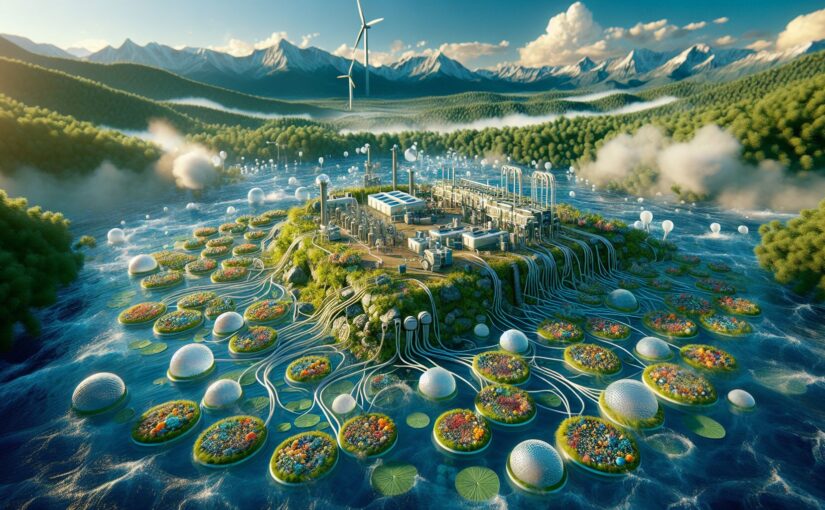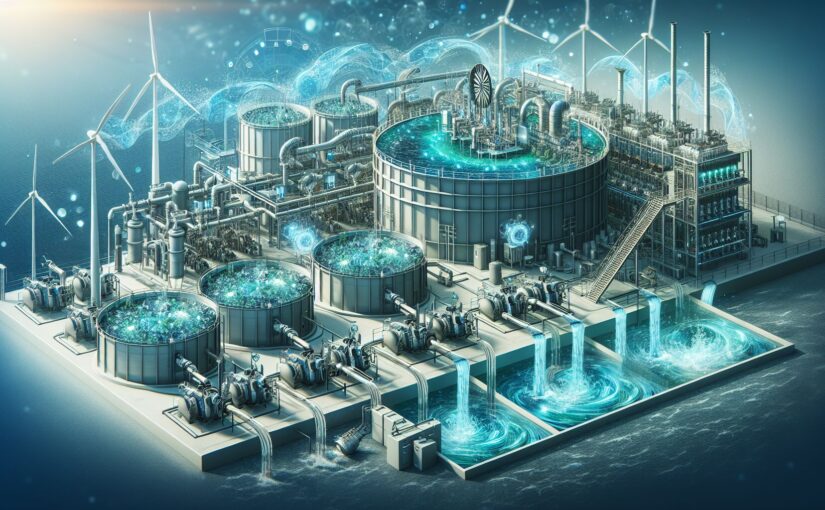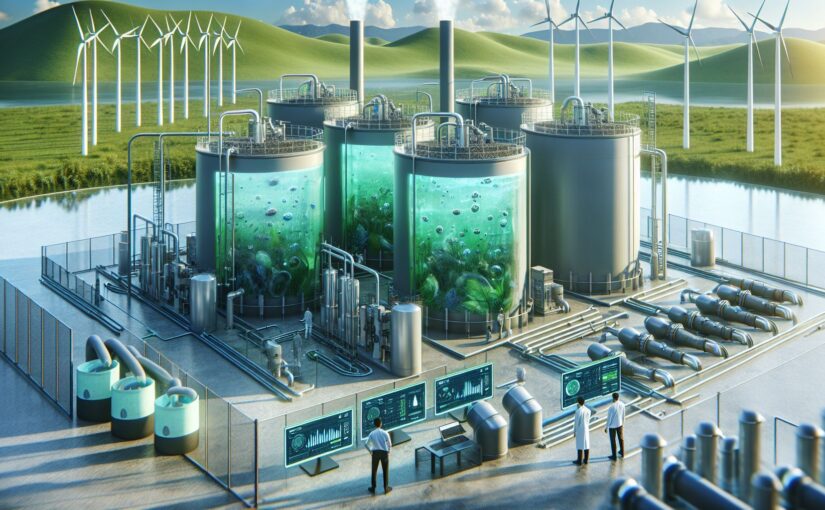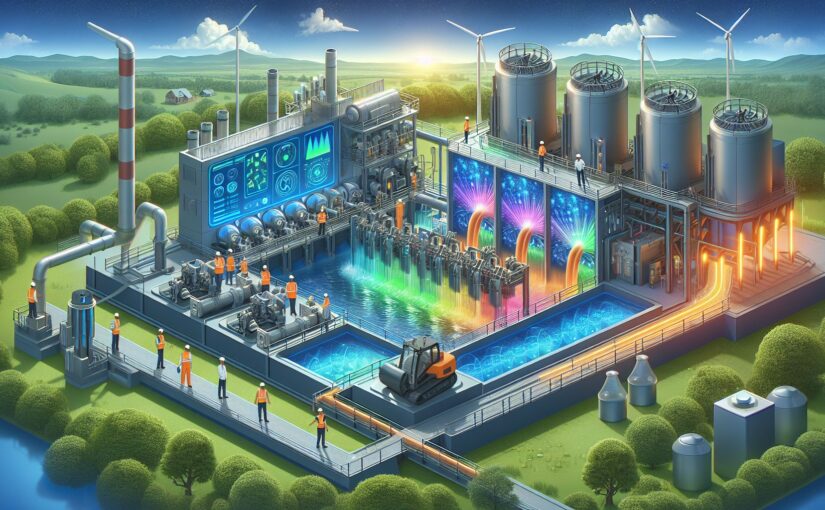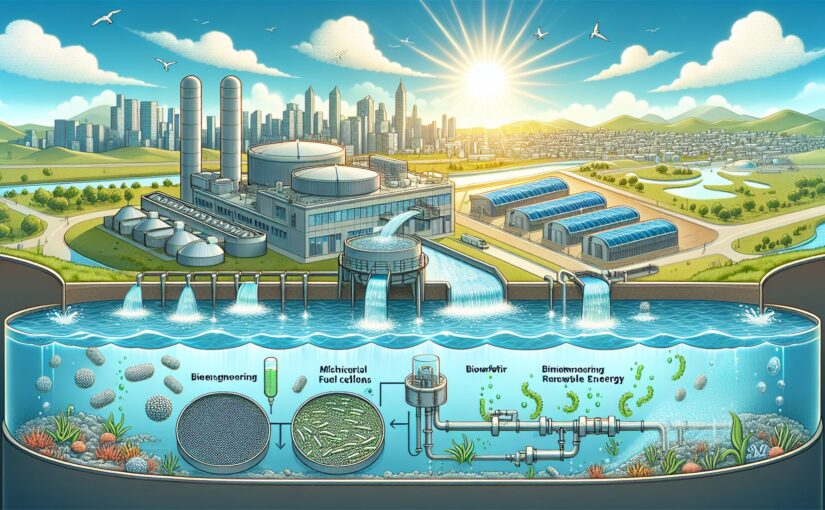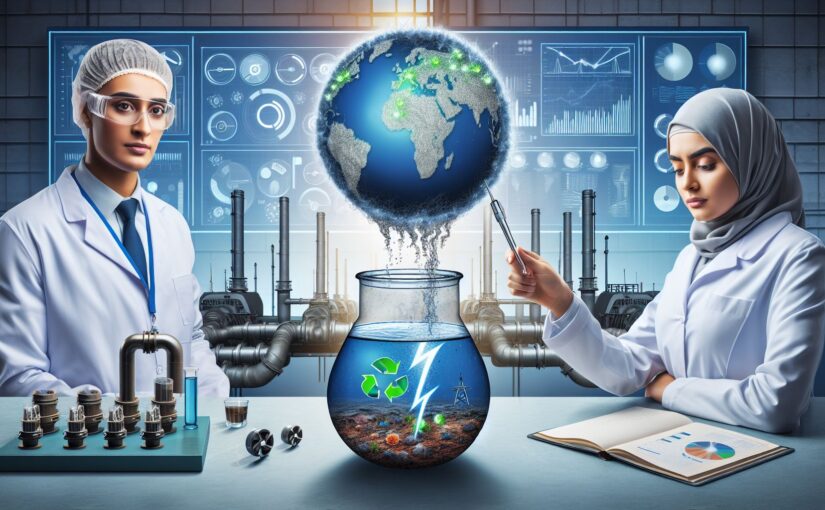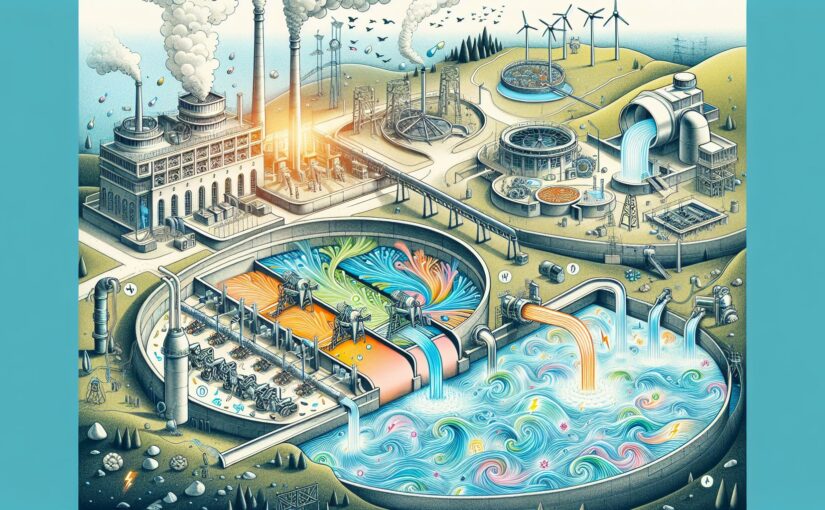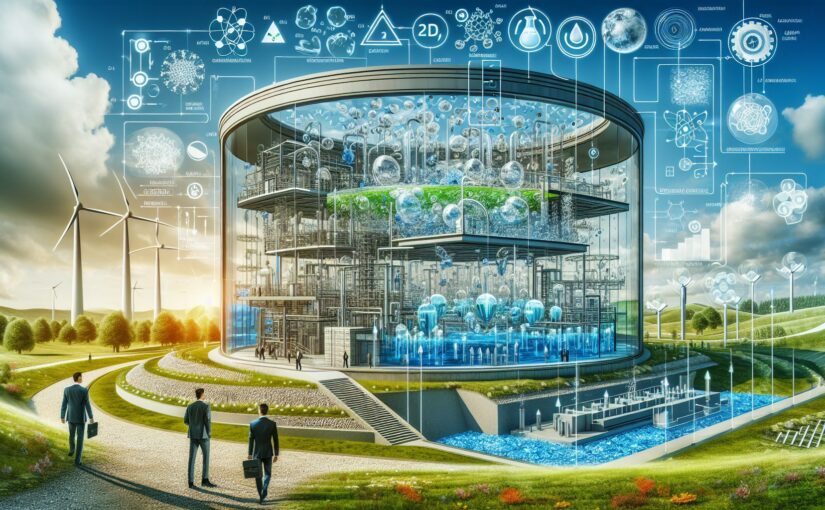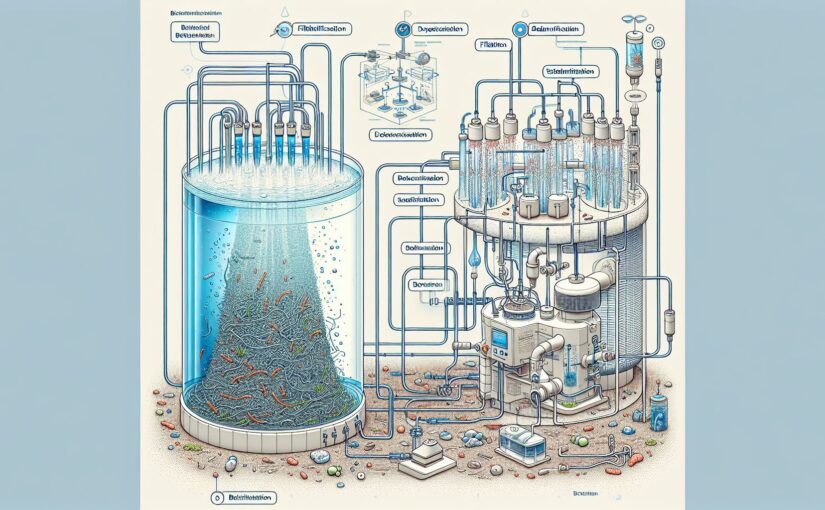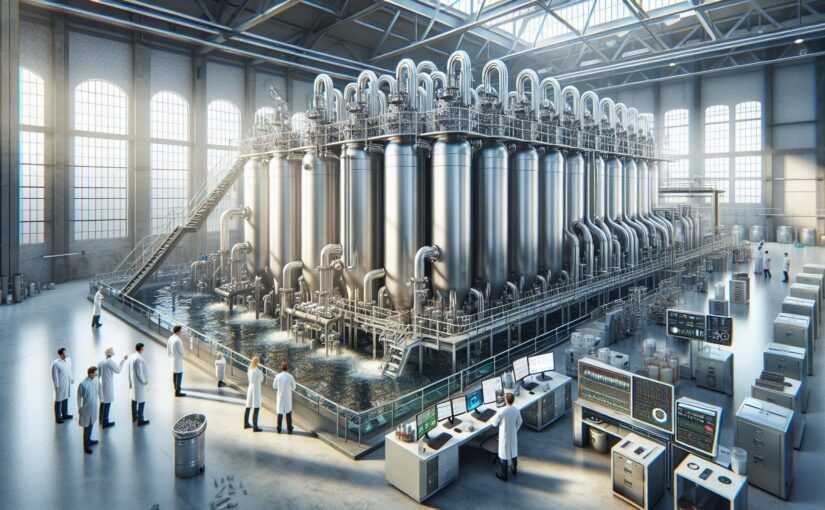Bioelectrochemical systems are revolutionizing the field of wastewater treatment. By exploiting the abilities of electroactive bacteria, these systems clean waste water in an efficient, sustainable and environmentally friendly way while also creating valuable byproducts.
Bioelectrochemical Systems (BES) are devices in which the biological matter is interfaced to the electronic world. Through a process known as extracellular electron transfer, these bacteria can convert chemical energy, specifically organic matter found in wastewater, into electrical energy [^1^].
This process is carried out in devices known as microbial fuel cells (MFCs). Wastewater is routed into the MFC where it is broken down by anaerobic bacteria. In the process of breaking down organic matter, the bacteria release electrons. These electrons are then transferred to an anode and flow through an external circuit to a cathode. This flow of electrons is effectively a flow of electricity [^2^].
In addition to producing electricity, bioelectrochemical wastewater systems can also produce high value chemicals, such as hydrogen and ammonia. Additionally, these systems can be used to capture carbon dioxide and reduce it to useful products like methane.
The bioelectrochemical wastewater systems provide a sustainable alternative to traditional wastewater treatment methods. These traditional methods are typically energy-intensive and produce large amounts of sludge waste.
Implementing these systems can lead to energy savings and waste minimization. For example, MFCs have been shown to reduce the biological oxygen demand of wastewater by over 90% [^3^]. This demonstrates the efficiency of these systems and illustrates their potential to revolutionize wastewater treatment.
However, like all new technologies, obstacles remain. These obstacles include scaling up the technology for commercial use, improving efficiency, and figuring out how to handle the valuable byproducts. But the potential benefits of such system overcome these challenges and the field continues to move forward rapidly.
As we move towards a more sustainable future, bioelectrochemical wastewater systems offer an exciting and promising solution to tackle the twin challenges of wastewater treatment and sustainable energy generation.
[^1^]: B A Logan, (2008) “Microbial Fuel Cells” John Wiley & Sons Inc, Hoboken, NJ
[^2^]: R A Rozendal, et al., (2008). “Towards practical implementation of bioelectrochemical wastewater treatment” Trends in Biotechnology, 26(8), 450–459.
[^3^]: Y Zhang & Z Angelidaki (2012) “Microbial electrolysis cells turning to be versatile technology: Recent advances and future challenges” Water Research, 56, 11-25.
